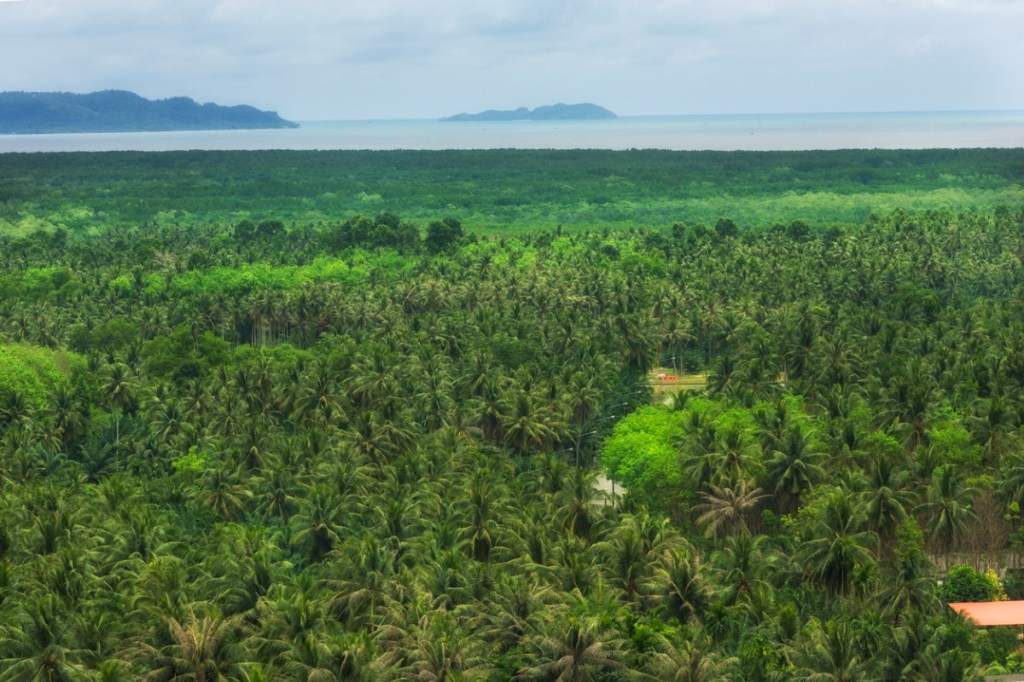Nestlé has announced that it will begin restoring forests and helping them thrive, as part of its efforts to reach net zero emissions by 2050.
Moving beyond protecting forests and with its new forest positive approach, the company will also further promote sustainable livelihoods and the respect of human rights.
These actions build upon a decade of work to end deforestation in Nestlé’s key forest-risk commodities. In fact, 90 per cent of those key ingredients – palm oil, sugar, soy, meat as well as pulp and paper – have been assessed as deforestation-free as of December 2020.
Nestlé has used tools, such as supply chain mapping, certification, on-site-verification and satellite monitoring services like Starling or Global Forest Watch, to achieve this result. In addition, the company also collaborated with farmers, farming communities and suppliers on the ground.
Magdi Batato, EVP, Head of Operations at Nestlé said that to meet the world’s food needs in 2050, agricultural production will have to increase by around half versus 2013 levels.
“It is more important than ever to protect natural ecosystems as we meet this challenge and to restore forests for the future.”
He added that this forest positive strategy is key to regenerating Earth’s water systems, soil health and carbon storage.
While pursuing a forest positive approach, Nestlé will also accelerate work to eliminate deforestation in its palm oil, sugar, soy, meat as well as pulp and paper supply chains by 2022. By 2025, it plans to achieve the same for its coffee and cocoa supply chains.
Laurent Freixe, EVP, CEO of Zone Americas, Nestlé, said that Nestlé would expand the use of satellite imagery to monitor the sourcing of coffee and cocoa.
Utilising satellite monitoring services, Nestlé will carry out a risk assessment in the regions where it sources its ingredients. Starting with the Americas and then expanding globally, this will help the company take swift actions in sourcing these raw materials sustainably.
“A forest positive future is only possible when agricultural production and forest regeneration exist in harmony,” said Freixe.
“By shifting how we grow, source and consume, we can make sure our food supplies are intact for the future. We must do this while nurturing our valuable tree cover, stabilising our climate and improving the livelihoods of farmers and communities.”
Within its palm oil supply chain, Nestlé has completed a Forest Footprint pilot in the Aceh province in North Sumatra, Indonesia. A key objective of this pilot was to better understand future risks to forests and peatlands as well as the rights of indigenous peoples and local communities. By understanding these drivers and issues, the company is better positioned to deploy effective, forward-looking strategies.
Nestlé will foster a forest positive approach among its suppliers to create sustainable landscapes and livelihoods. The company will reward suppliers for their environmental efforts by buying bigger quantities, contracting with them long term, co-investing in programs that promote forest conservation and restoration, or by paying a premium for their products.

